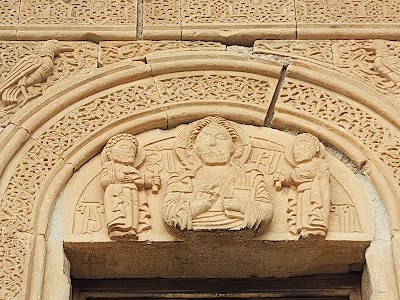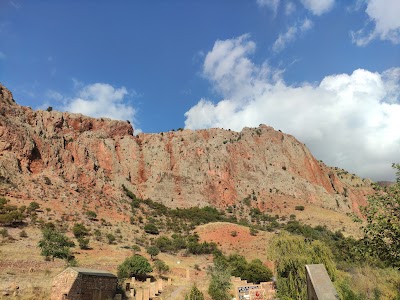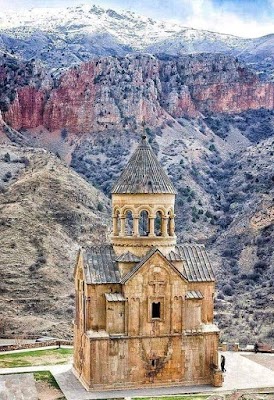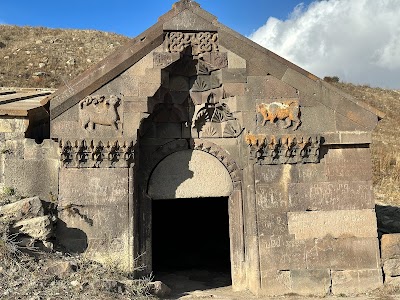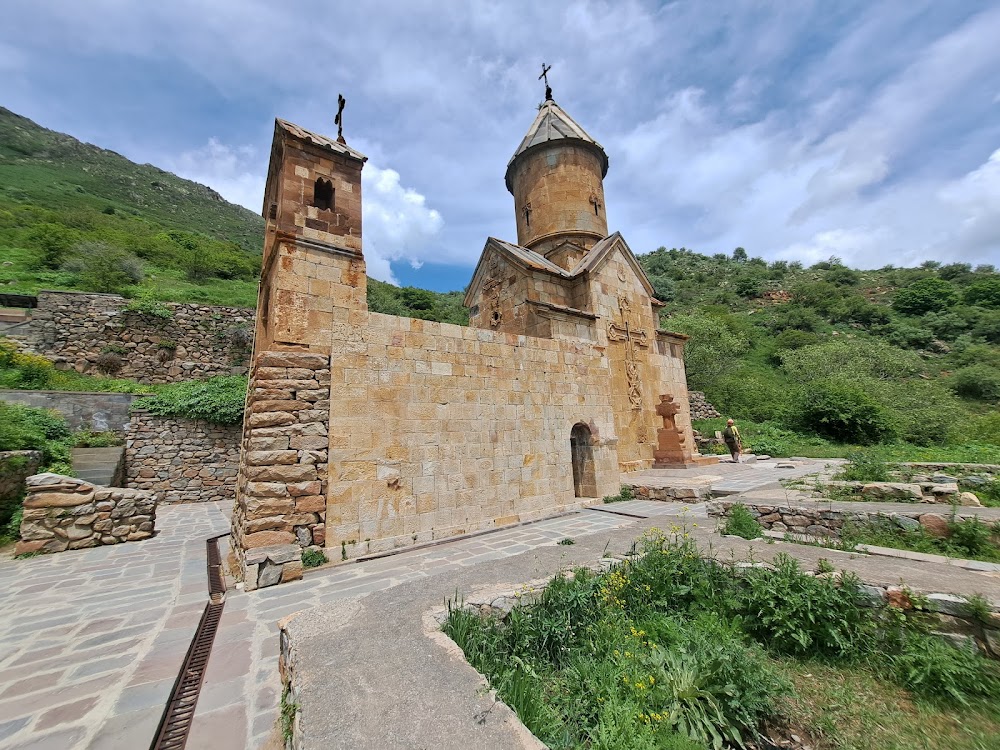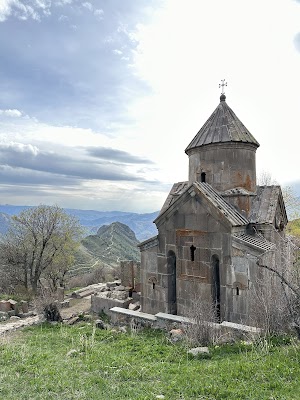Noravank Monastery (Նորավանք)
Overview
Perched amid the majestic red cliffs of the Vayots Dzor Region in Armenia, the Noravank Monastery stands as a breathtaking example of medieval Armenian architecture. Founded in the 13th century, Noravank—meaning “New Monastery”—quickly became a significant religious, cultural, and educational hub in Armenia. Its stunning location, architectural brilliance, and rich history make it an absolute must-visit for anyone exploring this captivating country.
The history of Noravank dates back to 1205, when it was established by Bishop Hovhannes. However, the monastery truly prospered under the patronage of the Orbelian family, an influential noble lineage of the time. The complex features several notable structures, with the Surb Astvatsatsin Church (Holy Mother of God Church) and the Surb Karapet Church (Saint John the Baptist Church) standing out as the most significant. These remarkable buildings showcase the exceptional craftsmanship of Momik, a renowned Armenian architect and sculptor from the medieval period.
Among these treasures, the Surb Astvatsatsin Church—also known as Burtelashen Church—rises to prominence as the monastery's most iconic structure. Completed in 1339, this two-storey church captivates visitors not only with its religious significance but also with its unique architectural features. A narrow stone staircase on the façade grants access to the upper level, symbolizing a spiritual ascent toward the heavens. The exterior is adorned with exquisite carvings depicting intricate crosses, grapevines, and biblical scenes, illustrating the artistic excellence of its era.
In contrast, the Surb Karapet Church is older, dating back to between 1216 and 1227. This church served as the main cathedral of the monastery and the final resting place for the Orbelian princes. With finely detailed bas-reliefs and carvings on its façade, the interior exudes a serene and contemplative atmosphere. Although an earthquake in 1840 caused significant damage, careful restoration efforts have preserved its historical and spiritual integrity.
Noravank also includes the Surb Grigor Chapel, a smaller yet equally significant structure built in 1275, showcasing more of Momik’s extensive artistry, including his stunning depictions of Christ and the apostles. As you explore this chapel, you’ll discover layers of rich religious stories and symbolism that have withstood the test of time.
One of the most captivating aspects of Noravank is its stunning location. Nestled within a narrow gorge shaped by the Amaghu River, the contrast between the red cliffs and the pale limestone of the monastery buildings creates a breathtaking visual experience. This dramatic setting enhances the spiritual ambiance, making it an ideal spot for reflection and photography. The surrounding landscape also features numerous hiking trails, allowing visitors to immerse themselves in the natural beauty and tranquility of the region.
The historical significance of Noravank extends beyond its architectural wonders. The monastery was once a prolific center for manuscript production and illumination, with many works preserved in the Matenadaran in Yerevan, one of the world’s largest repositories of ancient manuscripts. This literary heritage underscores Noravank's role as a beacon of knowledge and culture during the medieval period.
For those intrigued by the interplay of religion, art, and history, Noravank offers profound insights into Armenia’s rich heritage. The site also invites a deeper understanding of the region’s historical events, including the Mongol invasions and the subsequent periods of restoration and revival.
Beyond its historical and architectural allure, Noravank is steeped in legends and local folklore. One tale speaks of a hidden treasure buried within the monastery grounds, captivating the imaginations of locals and visitors alike. While unverified, such stories add a layer of mystery and intrigue to your visit.
Additionally, Noravank serves as a vibrant venue for cultural events and celebrations. Festivals featuring traditional Armenian music, dance, and culinary showcases occasionally take place here, providing visitors with an immersive cultural experience.
Visiting Noravank Monastery is not just a journey through history; it’s also an adventure through some of Armenia’s most spectacular landscapes. Whether you are a history enthusiast, an architecture lover, or simply seeking tranquility and inspiration, Noravank promises an unforgettable experience. As you wander through its ancient halls and marvel at its timeless beauty, you’ll find yourself transported to a different era—one where faith, art, and nature harmoniously converge.


